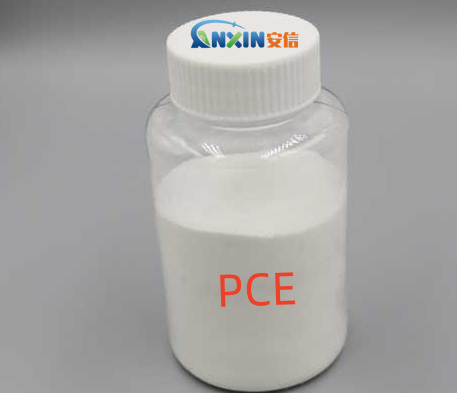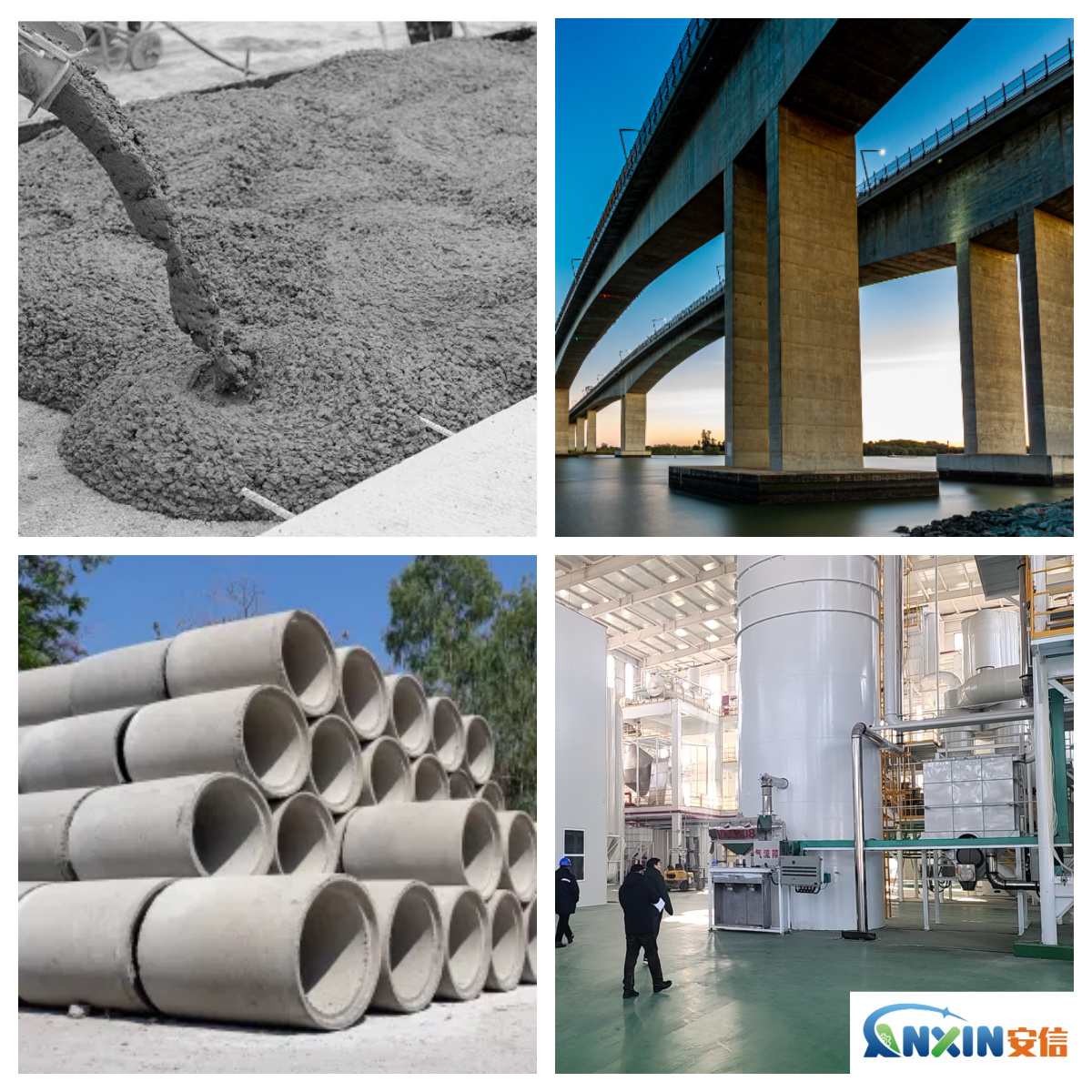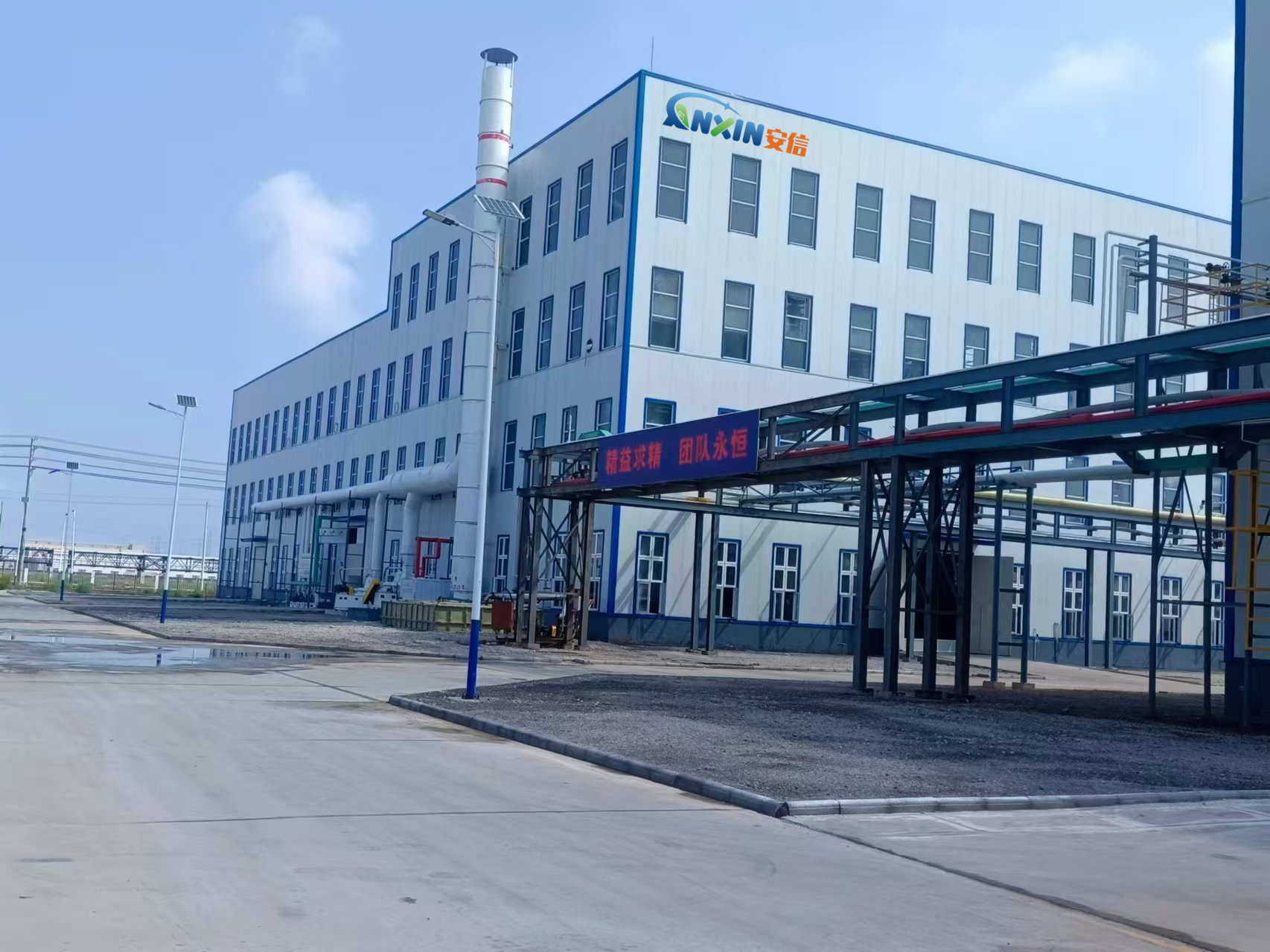With the development of the construction industry towards high performance, high strength and green environmental protection, the performance requirements of concrete materials are constantly improving. High-strength concrete is widely used in high-rise buildings, bridges, large-scale infrastructure and other engineering projects due to its excellent mechanical properties and durability. As the third-generation high-performance concrete admixture, polycarboxylate water reducer has become an indispensable key material in the preparation of high-strength concrete with its superior dispersibility and collapse resistance.

1. Performance characteristics of polycarboxylate water reducer
Polycarboxylate water reducer is a new type of high-performance water reducer synthesized by introducing multiple functional groups with polyether and acrylic acid as the main chain. Its molecular structure is composed of main chain adsorption groups and side chain steric hindrance groups, which has a high degree of designability and functionality. Compared with traditional naphthalene or aliphatic water reducers, polycarboxylate water reducers have the following significant advantages:
High water reduction rate: Polycarboxylate water reducer can achieve a water reduction rate of more than 20% at a low dosage, effectively reducing the water-cement ratio of concrete, thereby improving its strength.
Excellent dispersibility and slump retention: Its molecular structure can form a stable adsorption layer on the surface of cement particles, reduce the attraction between particles, and maintain good fluidity.
Low slump loss: By adjusting the side chain length and density in the molecular structure, the slump retention performance of concrete can be significantly improved to meet the needs of long-term construction.
Good compatibility: Polycarboxylate water reducer has good adaptability to different types of cement and mineral admixtures (such as fly ash, slag powder, silica fume), which is conducive to the optimization design of composite high-performance concrete system.
Green and environmentally friendly: Its synthesis process is relatively environmentally friendly, with few by-products, and meets the requirements of sustainable development.
2. Basic requirements for high-strength concrete
High-strength concrete usually refers to concrete with a cubic compressive strength of C60 and above. In order to achieve high strength, the water-cement ratio must be reduced while ensuring good construction performance (such as pumpability, fluidity) and durability. To this end, it is necessary to use high-efficiency water reducers to improve the working performance of concrete, and polycarboxylate water reducers are the ideal choice to achieve this goal.

3. Advantages of polycarboxylate water reducer in high-strength concrete
Improve early and late strength: polycarboxylate water reducer significantly reduces the water-cement ratio while maintaining good fluidity, so that the cement is fully hydrated, significantly improves the early and late strength of concrete, and meets the design requirements of high-strength structures.
Improve the density of concrete structure: reducing the water-cement ratio without affecting workability, helps to reduce capillaries, improve the density and impermeability of concrete, and enhance its durability.
Improve construction performance: In high-strength concrete, the mixture is often viscous due to the large amount of cement. The excellent dispersibility of polycarboxylate water reducer can effectively improve the fluidity of concrete, reduce cohesion, and improve pumping efficiency.
The effect of combining with mineral admixtures is significant: polycarboxylate water reducer has good synergistic effect with admixtures such as fly ash, slag powder, and silica fume, which helps to optimize the comprehensive properties of concrete, such as strength, durability, shrinkage, etc.
Reduce overall cost: Although the unit price of polycarboxylate water reducer is relatively high, its high efficiency can reduce cement consumption, reduce energy consumption, improve project quality, and achieve better comprehensive economic benefits.
4. Application case analysis
In a super high-rise building project, the concrete strength grade is required to be C80, and it has good working performance and durability. The project team used polycarboxylate high-performance water reducer, combined with silica fume and slag powder composite admixtures, and successfully formulated high-strength concrete that met the design requirements by optimizing the water-cement ratio and particle size grading. The test results show that the 28-day compressive strength of the concrete exceeds 85 MPa, and the slump retention time is more than 2 hours, which meets the needs of on-site construction and pumping, and also shows good anti-freeze, anti-seepage and anti-carbonation properties.
5. Existing problems and development directions
Although polycarboxylate water reducer is widely used in high-strength concrete, there are still the following challenges in actual projects:
Compatibility issues with some cements: Some cement varieties may cause the water reducer to fail or the slump retention performance to decrease, and adaptability research is required.
High sensitivity to construction environment: Polycarboxylate water reducer is sensitive to environmental conditions such as temperature and humidity, and the use conditions need to be reasonably regulated.

The synthesis process is complex and the cost is high: At present, high-performance engineering projects are still the main application areas, and it is urgent to reduce costs through process optimization to promote popularization.
The development of polycarboxylate water reducer will focus on the following aspects: First, further optimization of molecular structure to achieve synergistic improvement of water reduction and collapse retention performance; second, development of intelligent water reducer, such as temperature-sensitive type, slow-release type, etc.; third, research on green and environmentally friendly synthesis path to promote sustainable development; fourth, intelligent design of concrete mix ratio in combination with AI or big data.
Polycarboxylate water reducer has become the core admixture for the preparation of high-strength concrete with its excellent performance. Through scientific and reasonable design and application, it can not only meet the multiple requirements of high-performance concrete for mechanics and workability, but also improve engineering quality and construction efficiency. In the context of continuous upgrading of construction technology in the future, polycarboxylate water reducer will exert its huge potential in a broader field.
Post time: May-30-2025